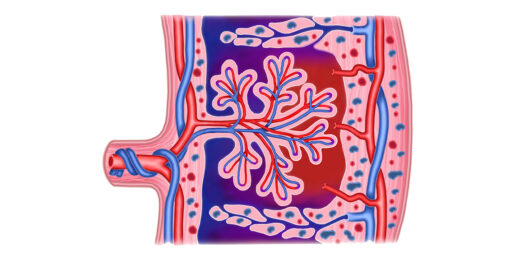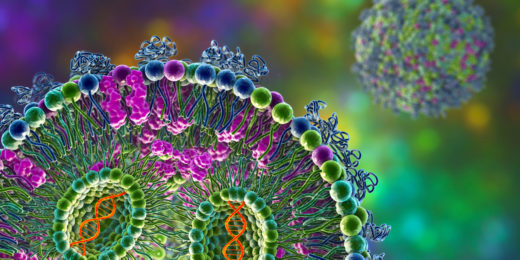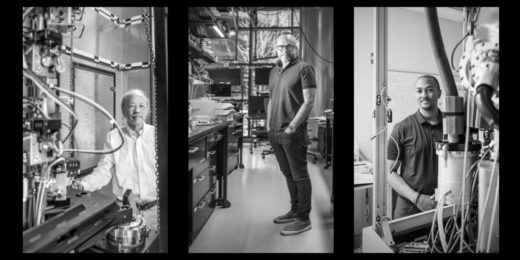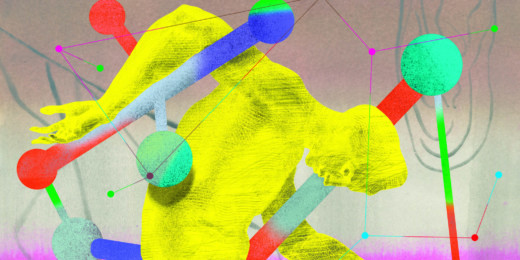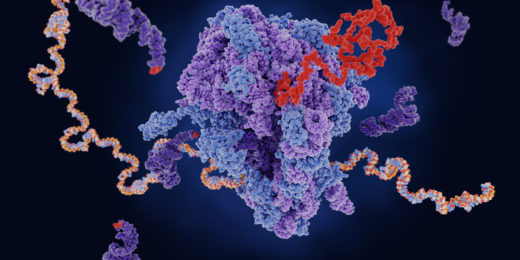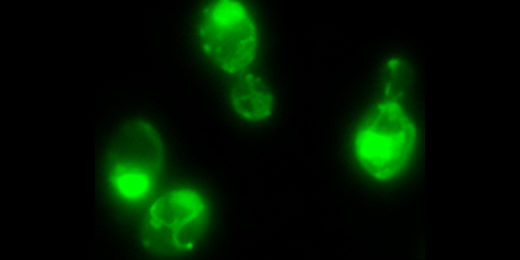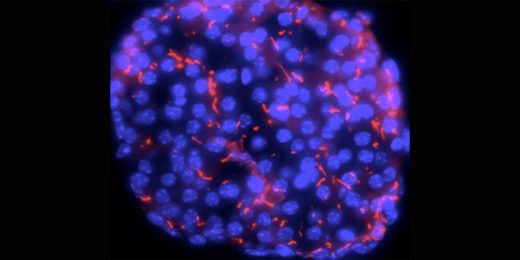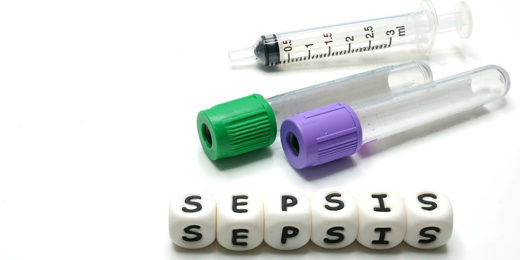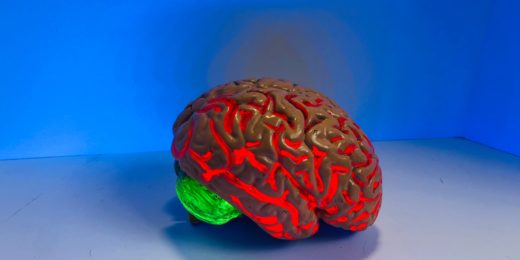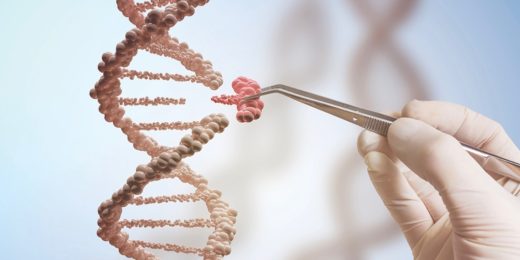Researchers at Stanford Medicine have created a detailed map of how cells in the placenta change during pregnancy.
Category: Cellular & Molecular Biology
Ribosomes’ sweet spot
Researchers at Stanford Medicine discover an unknown quirk about the ribosome and make a sweet representation along the way.
Special delivery 2.0: CARTs
Researchers at Stanford are devising new ways to deliver mRNA to the body to facilitate more potent and accurate treatments and vaccines.
Special delivery – an mRNA explainer
This is Part I in a series that will explore the promise, challenges and future of mRNA. Let's count our blessings. The COVID-19 pandemic, from …
Molecular movie maker
Researchers are harnessing an imaging technique called cryogenic electron microscopy to design drugs and better understand disease.
Stanford Medicine magazine explores the molecules within us
Stanford Medicine magazine explores the molecules behind human biology and how understanding them fuels medical discoveries and innovations.
What’s the role of protein machines in diseases of aging?
Researchers find that the ribosome, a protein-making machine, may contribute to diseases of aging, such as Alzheimer's and Parkinson's.
Live big and die young, or stay small and live long?
Stanford Medicine researchers found an element -- a prion -- that can control whether yeast cells and their progeny grow to large, or not.
Diabetes, obesity and … the primary cilia?
A protein on a cell structure called the primary cilia links diabetes and obesity. The discovery may lead to new diabetes treatments.
What we can learn from COVID-19 in kids
A Stanford physician co-authored a list of likely biological factors underlying the reduced development of COVID-19 for children compared to adults.
Post-surgical abdominal adhesions: A potential cause and possible treatment
Abdominal adhesions frequently occur after abdominal surgery. Stanford researchers prevented their formation in mice by blocking a molecular pathway.
Stanford physician seeks to improve sepsis testing
Standard diagnosis of sepsis relies on a blood test that typically takes days. A Stanford physician is working on an innovation that could change this.
Cell growth clue could lead to new breast cancer treatments
Stanford stem cell biologists have found a way to block a signal that causes growth of breast cancer cells, opening potential for new treatments.
Why the blood-brain barrier is really a filter, and what this means for the aging brain
Stanford-led research finds that the blood-brain barrier may be much more permeable -- albeit selectively so -- than previously thought.
Genetic edit protects against transplanted cells that go rogue
Stanford researchers and colleagues have invented a genetic safety mechanism that can deactivate transplanted cells if they change in a problematic way.
Seeking a less-burdensome treatment for Diamond Blackfan anemia
Stanford researchers have found a good drug target for treating Diamond-Blackfan anemia, a genetic disease that impairs red blood cell formation.


